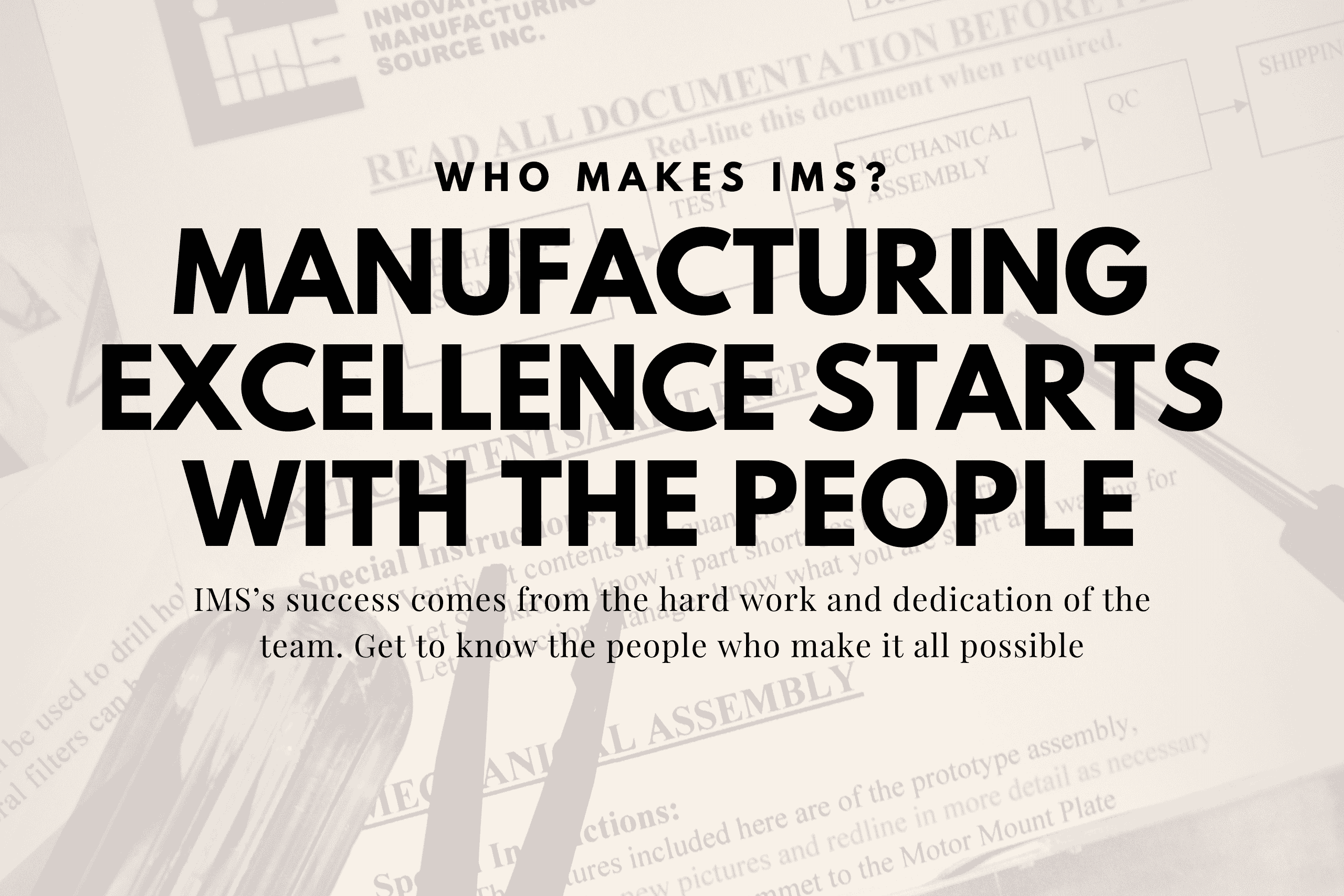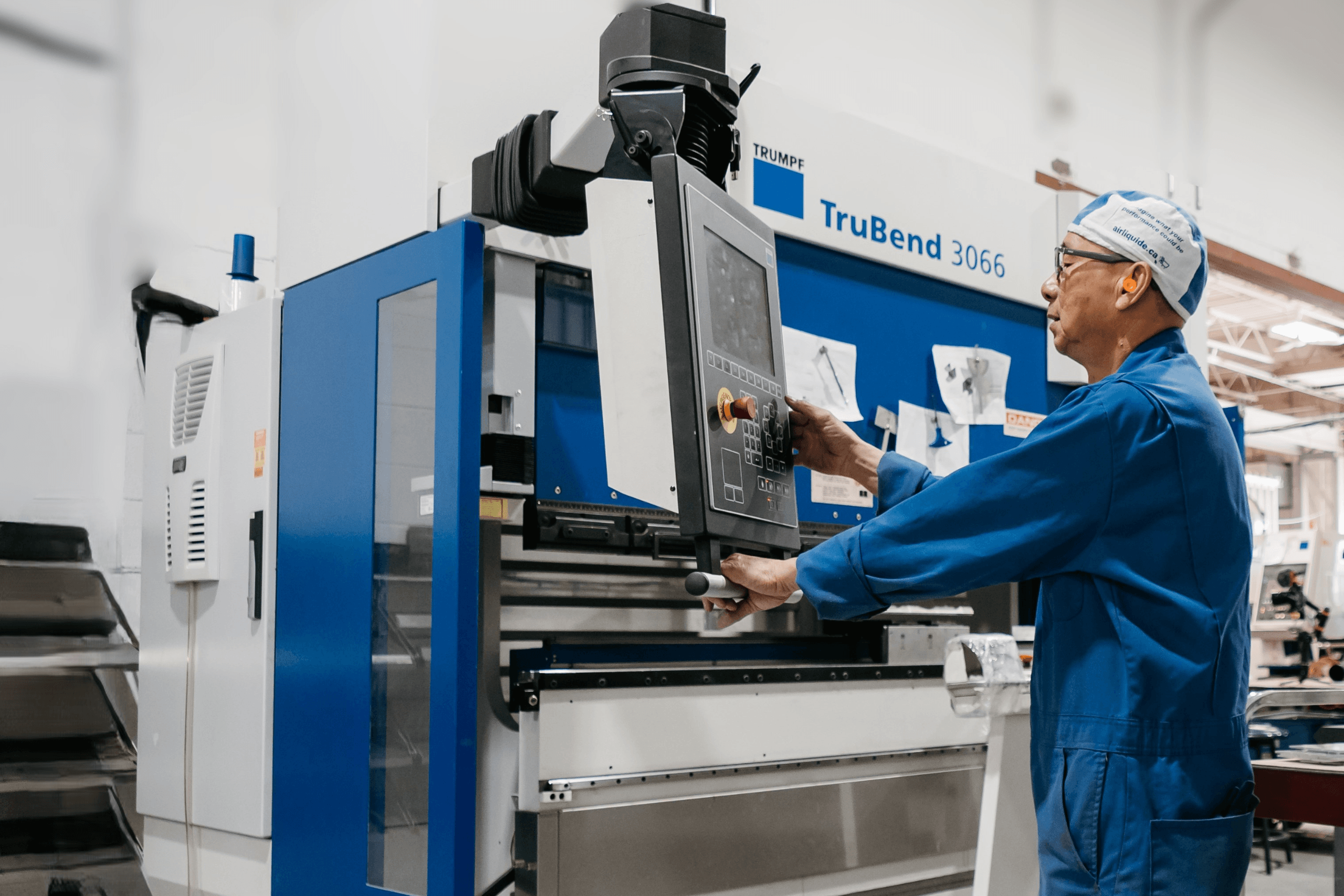Manufacturers are always looking for ways to enhance operations, improve output, and gain a competitive edge while maintaining quality standards. The practices and principles of the Lean approach are intended to minimize waste, decrease costs, boost customer satisfaction/service, and increase efficiency. Lean is a fully developed business philosophy that many companies have successfully adopted.
What is Lean and how did it develop?
Lean (also called lean enterprise or lean manufacturing) began with Toyota (a Japanese car manufacturer). It’s a series of management principles aimed at improving effectiveness and operational efficiency by eliminating waste (wasted resources, wasted movement of employees/equipment, wasted space) and reducing non-value-adding activities.
These practices are intended to lower costs and create happier employees/customers while reducing accidents, delays, and errors. Lean can be utilized by any type of business (manufacturing, service, distribution) and is used to streamline workflows, ensuring information is visible and accessible. Businesses incorporating lean principles generate more profit, make better decisions, and increase collaboration.
The 7 Unnecessary Wastes of Lean
According to Lean principles, there are seven unnecessary wastes that must be avoided to reduce problems and mishaps.
- Overproduction takes place when a business produces more than what is required by customer demand. Excess inventory takes up space, costs money to store, and wastes valuable raw materials, labour, and time. Cutting overproduction boosts efficiency, decreases waste, and improves the ability to meet customer needs.
- Waiting refers to situations when employees are idle because of a lack of equipment, information, and/or materials needed to complete their work. Waiting leads to reduced efficiency, production delays, and frustrated staff. Improving supply chain processes and communication channels reduces waiting and keeps employees productive and engaged.
- Too much inventory: Excess products, materials, and supplies lead to increased storage costs, obsolescence issues, reduced cash flow/profitability, production/process delays, and spoilage, tying up resources that could be utilized elsewhere. Reducing inventory overages frees up resources and allows companies to respond quickly to fluctuations in customer demand.
- Motion refers to activities that don’t contribute to the completion of tasks (walking long distances to get materials, performing repetitive actions, lifting heavy objects, etc.). These activities result in fatigue, increased incidence of errors/defects, and wasted time. Eliminating unnecessary processes/movement increases efficiency, creates safer working conditions, and decreases injuries.
- Transport refers to the movement of products and/or materials between sites (supplier’s locations, production facilities, warehouses). Excessive movement leads to increased transportation costs, longer delivery lead times, and damage to products. Optimizing routes and minimizing unnecessary movement results in cost savings, faster delivery speed, better customer service, and increased efficiency.
- Rework occurs when errors and/or defects require that a product be redone. Rework results in wasted resources/time, customer trust issues, and increased costs. To reduce rework, address root cause defects, improve quality control processes, and increase efficiency, leading to improved customer loyalty and satisfaction.
- Over-processing occurs when a business uses more resources than needed to accomplish a task (utilizing expensive raw materials, taking extra steps, overly complex processes, and overly complex equipment). Over-processing results in long lead times, increased costs, and reduced efficiency. Reducing over-processing streamlines operations cuts costs, and improves responsiveness to changing customer needs/desires.
What does Lean improvements look like?
Lean manufacturing improvements may include:
- reorganizing a facility to reduce the time employees spend getting raw materials and/or equipment and cutting unnecessary movement
- cleaning up workspaces to decrease time spent searching for tools and/or information
- fine-tuning machine maintenance schedules to reduce idle time and/or accidents
- reorganizing office space and/or optimizing project management, the quoting process, and/or production planning
What are the benefits of Lean practices?
There are many advantages to implementing Lean principles.
- Increased productivity
- Faster error/problem detection
- Reduced risk of obsolescence
- Reduced space requirements/shorter travel distances
- Faster time to market
- Decreased order processing errors
- Improved customer service
- Cost savings
- Lower material handling costs
- Reduced handling damage
- Lower response/set-up time
- Reduced turnover/lower attrition costs
- Less paperwork
What are Lean tools and techniques?
There are many techniques and tools utilized in Lean manufacturing.
- 5S methodology is a system that creates order and organization, providing standards for keeping an environment safe and clean.
- Just-in-Time (JIT) is a technique for producing goods solely when there is demand for those goods thus eliminating inventory costs associated with excess production.
- Kanban systems are used to track products and/or parts through the supply chain (raw material acquisition through delivery to customers/clients).
- Poka-yoke uses simple mechanisms (sensors, checklists) to identify errors before they become costly problems.
- Root Cause Analysis (RCA) identifies the source of a problem so corrective action may be taken quickly.
- Total Productive Maintenance (TPM) focuses on preventive maintenance by routinely checking machinery and/or equipment performance levels.
- Value Stream Mapping (VSM) creates a visual representation of activities involved in producing a service and/or product, allowing companies to see opportunities where improvements can be made (reducing cost, time, energy, and quality losses).
Steps for Implementing Lean Principles
There are some basic steps generally used to implement Lean practices and principles.
- Go and see: This initial step involves going to the floor and observing how work is accomplished and identifying and examining the seven areas of unnecessary waste (overproduction, waiting, transportation, excess inventory, motion, rework, and overprocessing). All tasks/processes from start to finish are carefully considered.
- Ask why: Step two involves asking why a task/process is completed in a particular way. Each task/process is broken into its composite parts and, if any stage proves unnecessary, reduced and/or eliminated.
- Involve the team: The final step is about involving your team members in all stages of determining solutions (considerations, planning, and implementation), drawing upon their daily experiences. By involving the team, a company shows respect for employees and encourages everyone to care about solutions, show interest in costs/revenue, and accept/implement plans and objectives. Employee involvement leads to an understanding of their role and impact on the organization’s accomplishments.
Lean manufacturing is a highly effective method for improving efficiency and service levels in all types of organizations and industries (healthcare, hospitality, automotive, finance, construction, etc.). Lean strategies are aimed at reducing and/or eliminating waste, creating a flow of valuable services and products. This refining process reduces effort, time, cost, and risk while delivering high-quality results.
Looking for a knowledgeable and experienced team that provides custom electronic manufacturing to assist your company in improving efficiency? Contact Calgary-based IMS (Innovative Manufacturing Source). Our team of dedicated, knowledgeable, skilled, individuals offers unsurpassed service/products. We assist you through in-house manufacturing capabilities completed on state-of-the-art tools. Call us at 403.279.7702. Let us be your provider and partner for custom metal fabrication services and electronic manufacturing. We’ll assist with all of your manufacturing needs by supporting customer-specific requirements.




